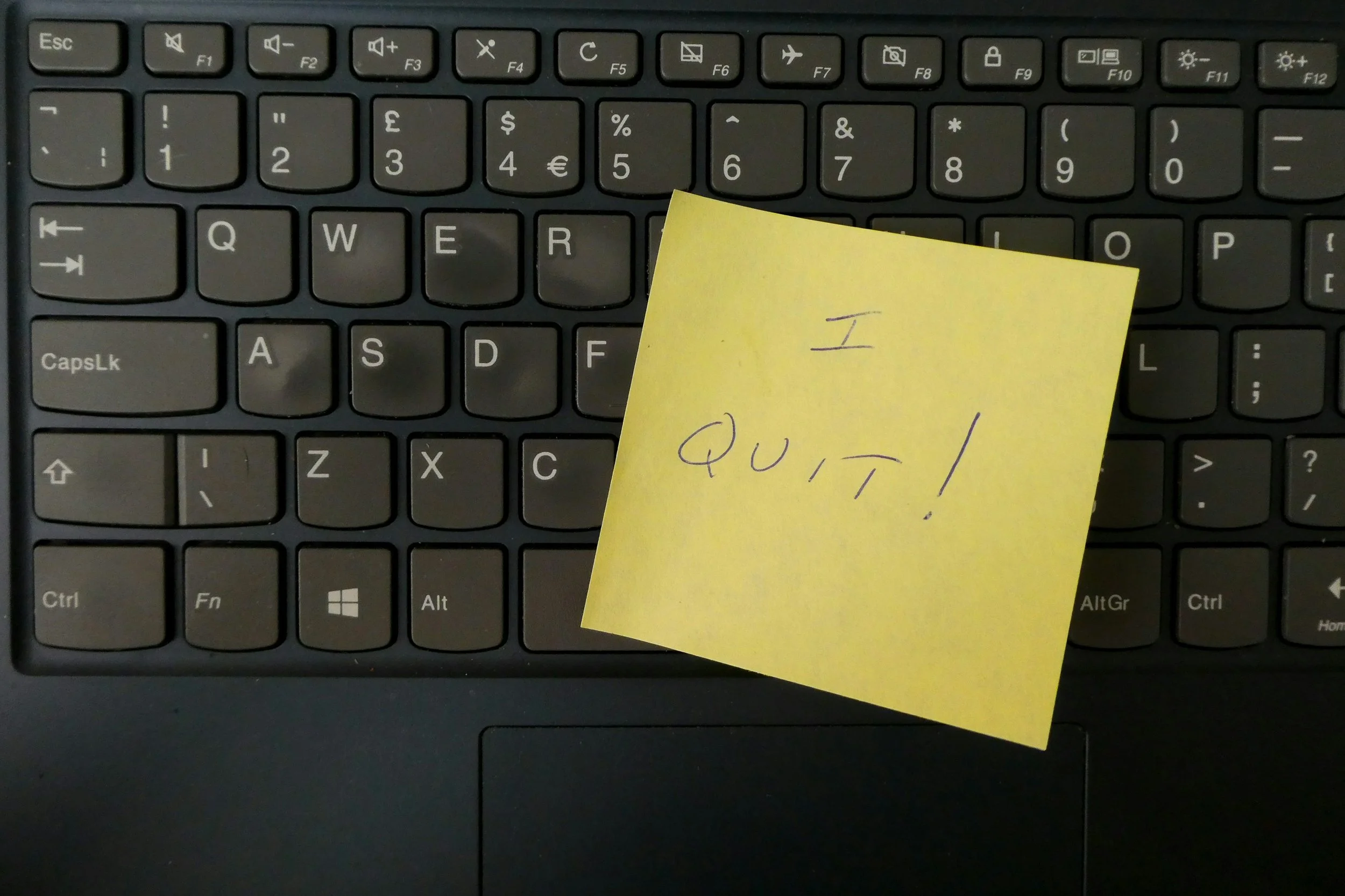The Power Of Making Yourself "WAIT"
Did you know that our thoughts influence our feelings, our mood, our behaviours, and ultimately, our well-being, yet we rarely take the time to pause and examine them? By simply asking ourselves, “What am I thinking?” we unlock the potential to challenge unhelpful thought patterns, improve our mood, foster emotional resilience, and create better outcomes in our personal and professional lives.
If you are like me, and many of my clients, you will find yourself at times feeling overwhelmed with negative emotions - perhaps anger, hurt, anxiety, worry, or stress. These emotions affect our mood, performance, our well-being, and even our sleep. It is in these moments, that I find the very simple, yet incredibly powerful, technique of telling myself to “wait" helpful.
Here is the approach I use on both myself and with clients.
I tell myself to ‘wait’ which immediately breaks the thought pattern.
I add in some quick breathwork to calm my fight and flight response and rebalance my physiology. My preferred method is to breathe in through the nose to the count of four, hold to the count of six, and exhale through the mouth, imagining I am blowing out through a straw, to the count of eight, repeating the breath cycle at least twice.
Now I am ready to apply the ‘WAIT"‘ tool - an acronym for, “What am I thinking?” This quick and simple question forces us to stop and question the thoughts at the root of our negative feelings and emotions. In our fast-paced lives, getting caught up in the whirlwind of thoughts racing through our minds is so easy. Because these thoughts can be so powerful in shaping how we interpret events, determine how we feel, and guide how we act, WAIT allows us to break the thoughts-emotions-behaviors negative cycle.
By asking “What am I thinking?” we shine some light onto our thinking patterns, and by interrogating them, we can create space to replace negativity with realistic and constructive alternatives, ultimately shifting our emotional state and opening up better possibilities.
Once we are aware of our negative thoughts, we can question or challenge them. Here are a few ways we can do this. Ask yourself:
Is this thought true?
Is this thought a ‘what if’ thought?
Am I focusing on the worst-case scenario?
What evidence supports this thought?
What evidence contradicts it?
Is this thought helping me? Is there a more helpful thought that would free me?
What would be a more balanced perspective look like?
By regularly examining and reshaping our thoughts, we cultivate a sense of agency over our inner world. This enhances emotional resilience, improves relationships, and helps our self-confidence to grow. For instance, studies in cognitive behavioural therapy (CBT) show that challenging unhelpful thoughts can alleviate anxiety and depression. Similarly, athletes and professionals who replace self-doubt with confidence-boosting affirmations often achieve higher performance.
The power lies in the pause, and taking a moment to reflect. By making ourselves ‘wait’, breathe, and reflect on how our thoughts are affecting us, it enables us to consider what we can do to think differently. It is deceptively simple with profound implications. It invites us to step out of autopilot and take charge of our inner narrative. Over time, this habit can transform not just our thoughts, but our entire approach to life.
So next time you feel stuck, anxious, overwhelmed, or upset, remember to ‘wait’, breathe, become aware of what you are thinking, and then question and reframe those thoughts. In doing so, you’re not just changing your thoughts, you’re changing your reality.




